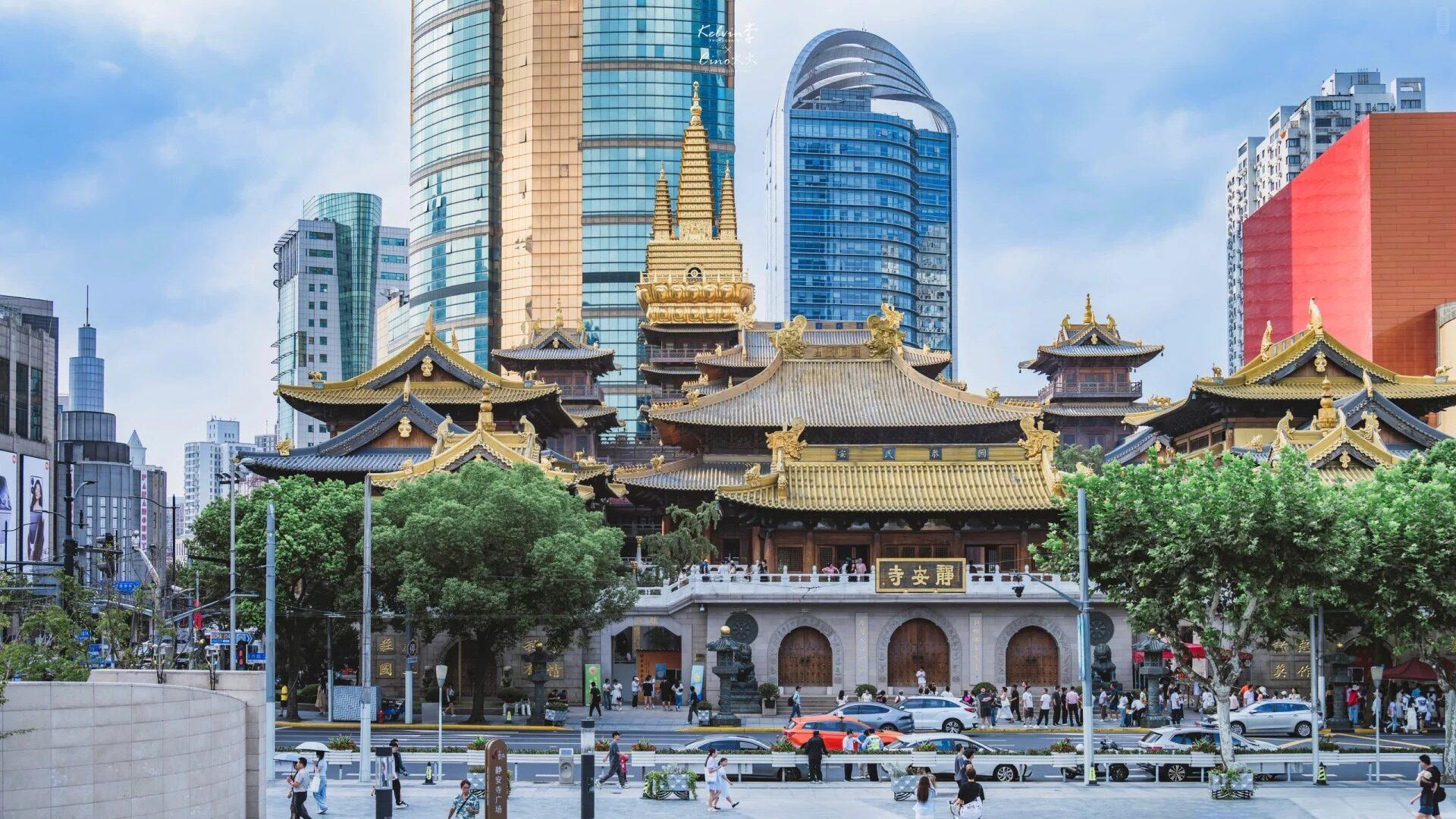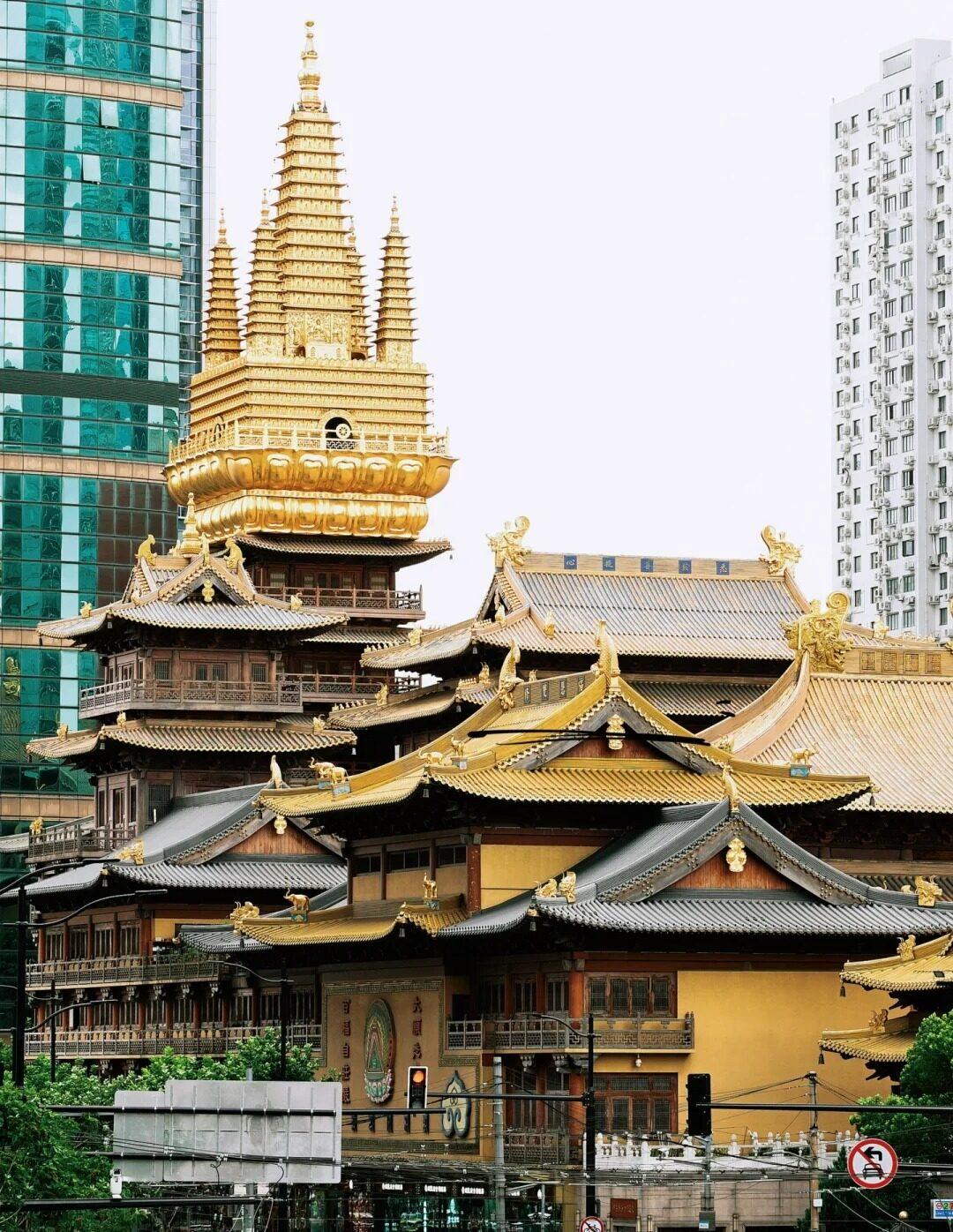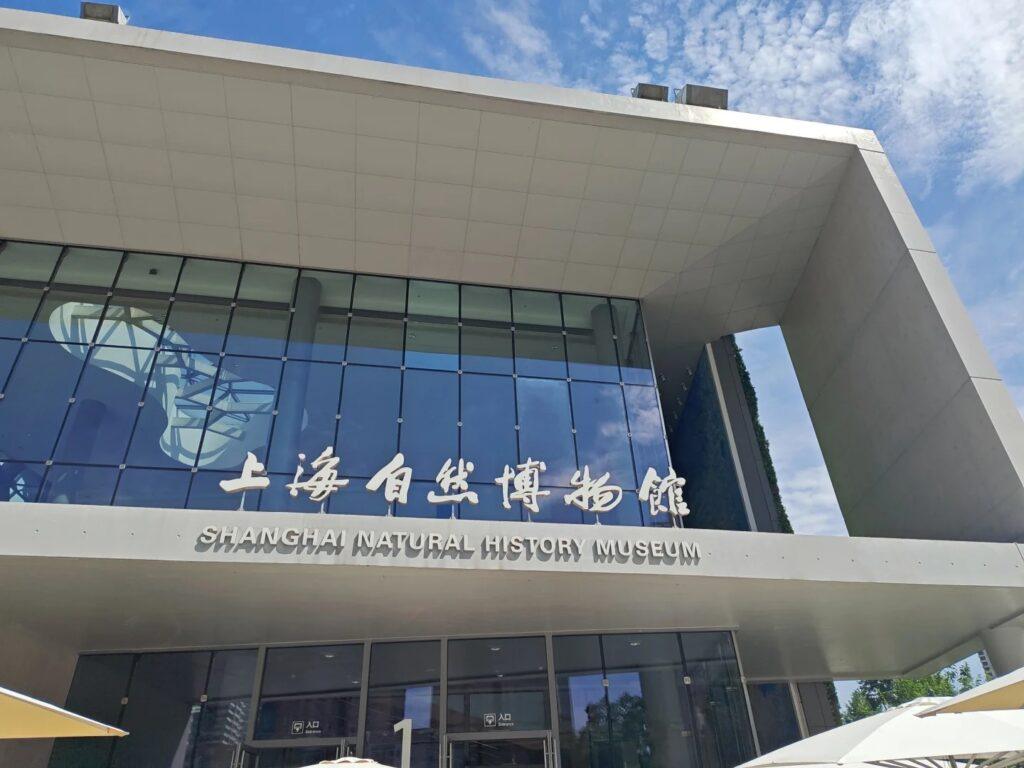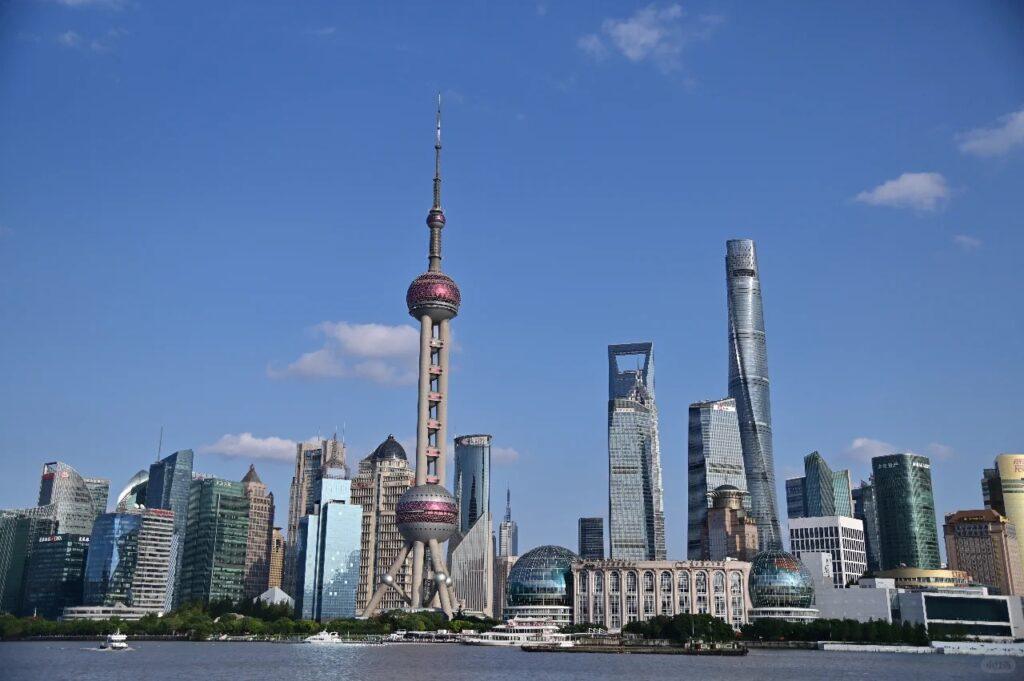Visiting Information
| Information | Details |
|---|---|
| Chinese Name | 静安寺 (Jìng’ān Sì) |
| Location and Address | 1686 Nanjing West Road, Jing’an District, Shanghai, China |
| Opening Time/Hours | 7:30 AM – 5:00 PM daily |
| Entrance Fee | 50 CNY |
| How to Get There | By Metro: Line 2 or Line 7 to Jing’an Temple Station, Exit 1 By Bus: Take bus 13, 42, 76, 112, 113, 145, 506, 516, or 930 to Jing’an Temple Station By Taxi: Easily accessible from anywhere in Shanghai |
| Best Time for Visit | Spring (March to May) and Autumn (September to November) for comfortable weather |
| Contact Info | Phone: +86 21 6256 6366 |
Overview
Jing’An Temple, located in the heart of Shanghai, is one of the city’s most famous and historically significant Buddhist temples. Known for its stunning architecture and peaceful atmosphere, it serves as a striking contrast to the modern skyscrapers surrounding it. The temple is not only a place of worship but also a popular tourist attraction, offering visitors a glimpse into traditional Chinese culture amidst the bustling urban landscape of Shanghai.
Historical Background
Jing’An Temple has a history dating back over 780 years. Originally built in 247 AD during the Three Kingdoms period, it was initially located beside Suzhou Creek. In 1216, during the Song Dynasty, the temple was relocated to its current position. Over the centuries, it has undergone numerous renovations and rebuildings. During the Cultural Revolution, the temple was converted into a plastic factory, but it was restored to its original purpose in 1983. The most recent renovation was completed in 2010, bringing the temple back to its former glory while incorporating modern elements.
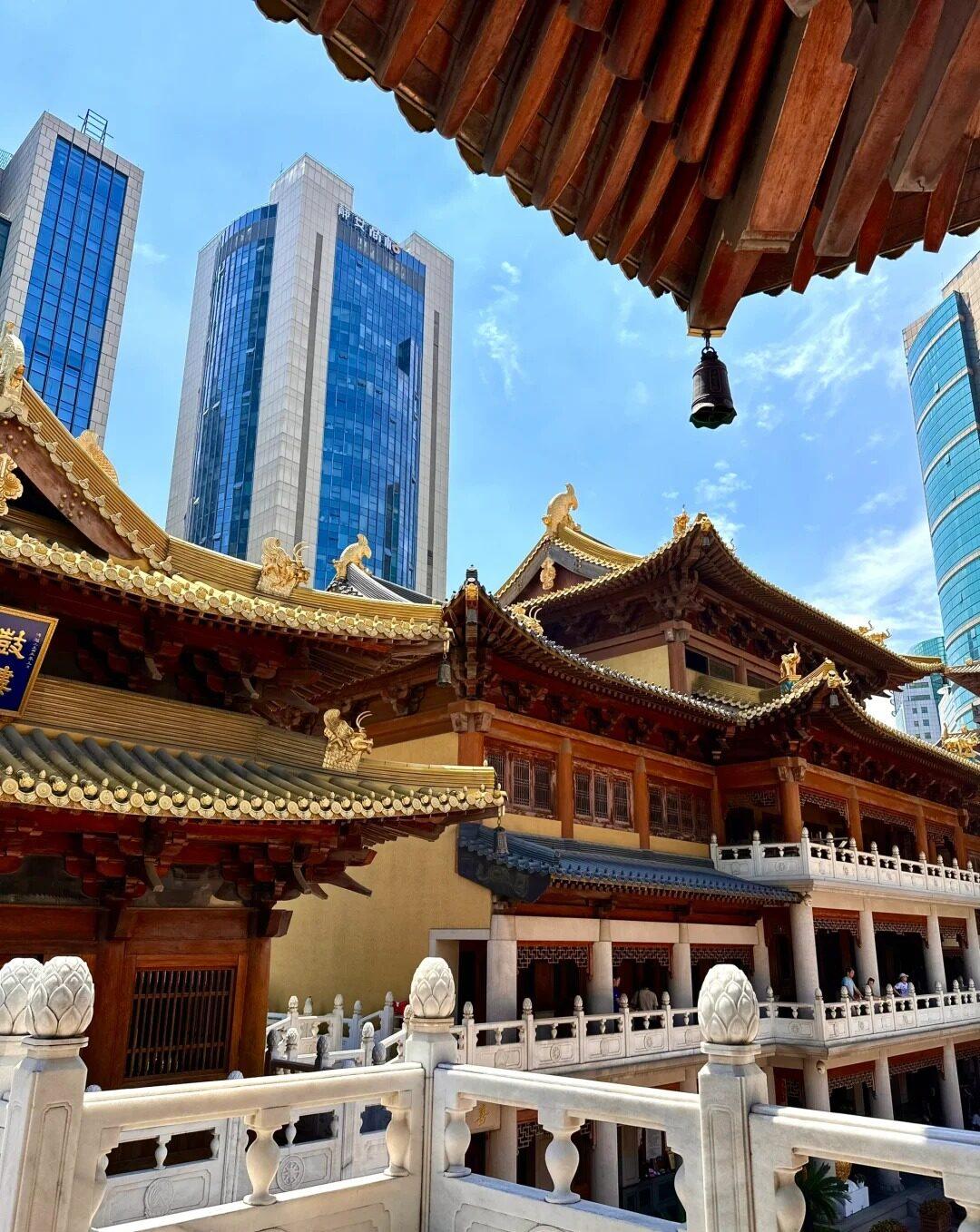
Architectural Features
- Hall of Heavenly Kings: The first hall visitors encounter, it houses four large statues of heavenly kings. The hall’s intricate wooden carvings and vibrant colors are representative of traditional Chinese temple architecture.
- Mahavira Hall: The main hall of the temple features three large Buddha statues – Sakyamuni, Amitabha, and the Medicine Buddha. The hall’s high ceilings and ornate decorations create an awe-inspiring atmosphere.
- Guanyin Hall: Dedicated to Guanyin, the Goddess of Mercy, this hall houses a beautiful white jade statue of the deity. The delicate craftsmanship of the statue is a highlight for many visitors.
- Jade Buddha: A 3.8-meter-high sitting Buddha statue carved from pure jade is one of the temple’s most precious treasures. Its serene expression and intricate details make it a must-see attraction within the temple.
- Copper Bell: A massive 3.3-ton copper bell hangs in the temple, cast during the Ming Dynasty. Its deep, resonant tones can be heard during special ceremonies.
Cultural Importance
Jing’An Temple holds significant cultural importance in Shanghai and China as a whole. It represents the enduring influence of Buddhism in Chinese culture and serves as a spiritual center for Buddhists in the city. The temple’s survival and restoration through various historical periods, including wars and political upheavals, symbolize the resilience of Chinese traditional culture. It also plays a crucial role in preserving and showcasing Buddhist art and architecture. As an active place of worship, it continues to be a vital part of Shanghai’s religious life, hosting important Buddhist ceremonies and festivals throughout the year.
Surrounding Attractions
- Jing’An Park: Located opposite the temple, this small urban park offers a tranquil green space in the heart of the city. It’s an excellent spot for a leisurely stroll or to observe locals practicing tai chi in the early morning.
- Jing’An Kerry Centre: This modern complex near the temple features high-end shopping, dining, and office spaces. It represents the contrast between traditional and contemporary Shanghai.
- Shanghai Natural History Museum: A short distance from the temple, this museum offers an engaging look at natural history with interactive exhibits and a striking architectural design.
- Nanjing Road: One of Shanghai’s main shopping streets, Nanjing Road is within walking distance of the temple. It offers a wide array of shopping and dining options, from local street food to international luxury brands.
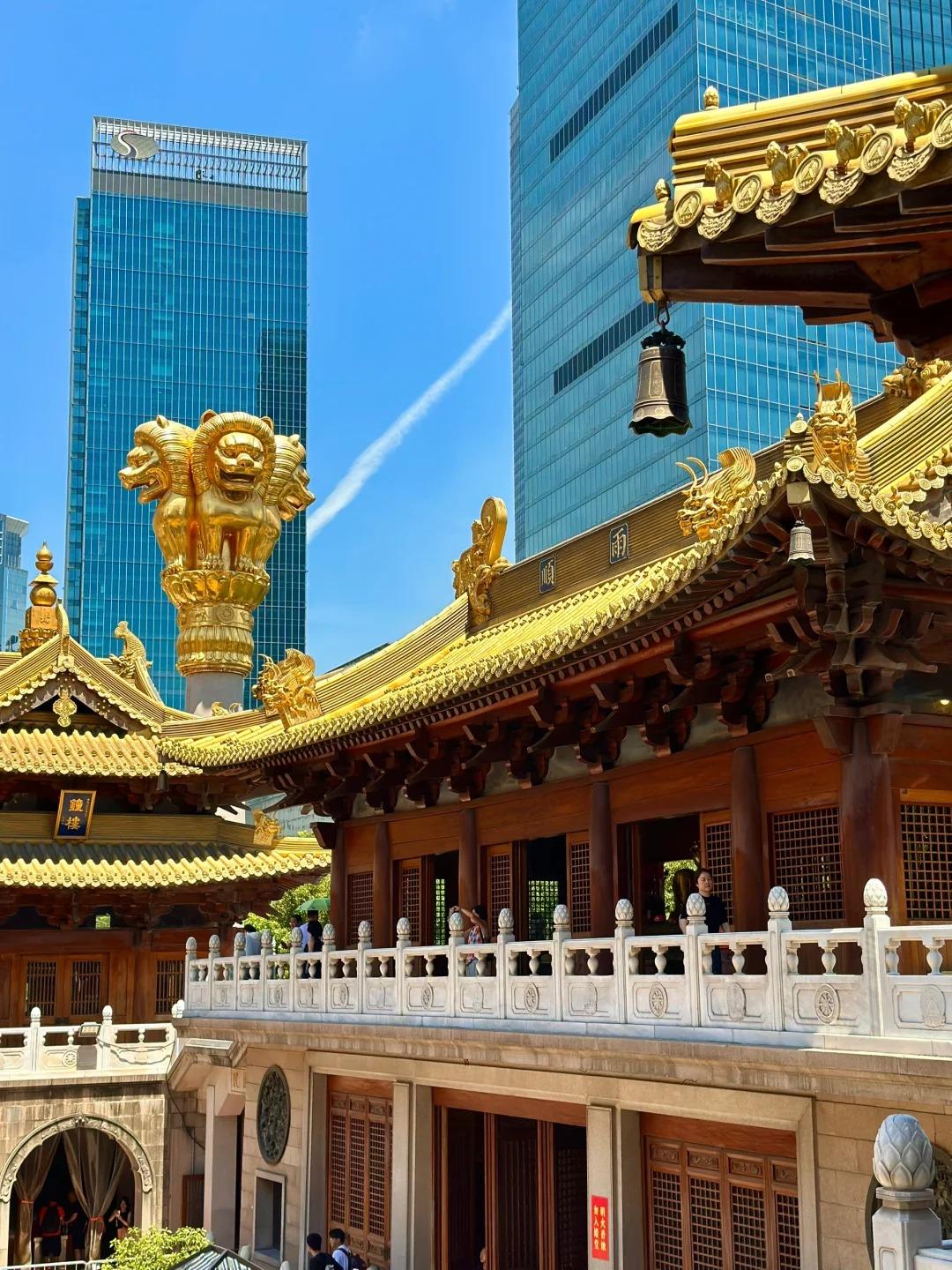
Photography Opportunities
- Temple Exterior: The golden roofs and traditional Chinese architecture of Jing’An Temple provide excellent opportunities for photographs, especially when juxtaposed against the modern skyscrapers surrounding it.
- Incense Burning: The sight of devotees burning incense in the temple’s courtyards offers atmospheric shots, particularly with the smoke swirling in the air.
- Buddha Statues: The various Buddha statues within the temple, especially the jade Buddha, provide opportunities for close-up detail shots as well as wider compositions capturing the grandeur of the halls.
- Architectural Details: The intricate carvings, colorful paintings, and ornate decorations throughout the temple offer countless possibilities for capturing the fine details of traditional Chinese religious art.
- Night Photography: When illuminated at night, the temple takes on a different character, offering unique photographic opportunities with the contrast between the lit temple and the city lights.
Modern Importance
- Cultural Preservation: Jing’An Temple serves as a living museum of Chinese Buddhist art and architecture. Its continued maintenance and operation contribute significantly to the preservation of traditional Chinese culture in a rapidly modernizing urban environment.
- Tourist Attraction: As one of Shanghai’s most popular tourist destinations, the temple plays a crucial role in the city’s tourism industry. It offers visitors a glimpse into traditional Chinese culture and religion amidst the modernity of Shanghai.
- Religious Center: The temple continues to function as an active place of worship, serving the spiritual needs of Shanghai’s Buddhist community. It hosts regular religious services and ceremonies, maintaining its relevance in contemporary religious life.
- Educational Resource: Jing’An Temple provides valuable educational opportunities for both locals and tourists to learn about Buddhism, Chinese history, and traditional architecture. It often hosts cultural events and exhibitions that promote understanding of Chinese heritage.
- Urban Landmark: The temple serves as a significant landmark in Shanghai’s urban landscape. Its presence amid modern skyscrapers symbolizes the city’s ability to blend tradition with modernity, contributing to Shanghai’s unique cityscape and identity.
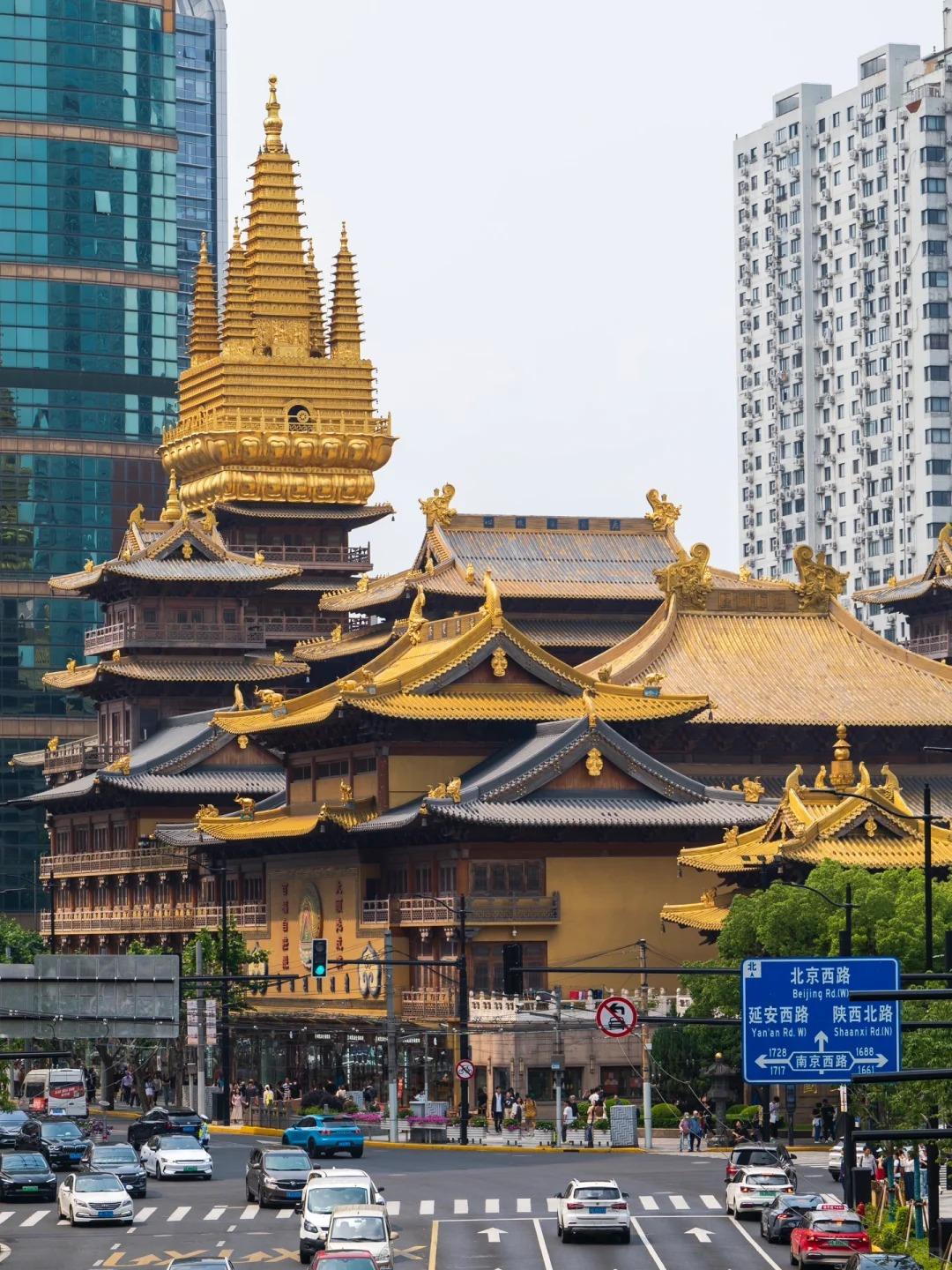
FAQ
- What is Jing’An Temple famous for?
Jing’An Temple is famous for its stunning golden roofs, rich history dating back to 247 AD, and its striking contrast with the surrounding modern Shanghai skyline. - What’s inside Jing’An Temple?
Inside Jing’An Temple, visitors can find various halls with Buddha statues, including a large jade Buddha, beautiful architectural details, and areas for worship and meditation. - Is Jing’An Temple free?
No, Jing’An Temple is not free. There is an entrance fee of 50 CNY. - Is Jing’An Temple worth visiting?
Yes, Jing’An Temple is worth visiting for its beautiful architecture, peaceful atmosphere, and the unique experience of traditional Chinese culture in the heart of modern Shanghai. - What to do in Jing’An Temple?
In Jing’An Temple, you can explore the various halls, admire the Buddha statues and architectural details, observe or participate in Buddhist rituals, and enjoy the peaceful atmosphere. - How do I get to Jing’An Temple in the local city?
In Shanghai, you can reach Jing’An Temple easily by taking Metro Line 2 or 7 to Jing’an Temple Station and using Exit 1. It’s also accessible by numerous bus routes or taxi. - How to visit Jing’An Temple?
To visit Jing’An Temple, purchase a ticket at the entrance, respect the dress code and temple etiquette, and explore at your own pace or join a guided tour. It’s open daily from 7:30 AM to 5:00 PM.


